There are many reasons why people use auto analyzers and it’s much less expensive and more profitable to keep an older autoanalyzer running as long as possible instead of spending the money for a costly replacement.
If a lab does choose to run an older piece of equipment, it is imperative that they spend a little time and money on a few items that will insure easy valid results as long as possible. Spending a few hundred dollars a year on small critical items instead of tens of thousands to completely replace an older piece of equipment makes sense in these times of financial difficulty.
By keeping an older autoanalyzer running over time a lab can save considerable amount of money but this does not mean that its operation is free. An advantage of getting a new piece of equipment is the massive reduction in operating costs, but the buy-in for that savings can be as high as fifty thousand dollars. If a lab takes a little time and money to keep up a few essentials on an autoanalyzer they can extend the operation as long as possible and insure that it keeps producing easy valid results. Barring major repairs like auto samplers, circuit boards and such, mostly what takes the operational hit of use is the flowpath: tubing, debubblers and flowcells. Every time an autoanalyzer is run these areas take the direct impact of its operational wear. In this article I am going to focus on the debubbler.
As the solutions flow through the autoanalyzer system the debubbler is the one little window that we have to judge the condition of the reagents and ultimately the sample. This is where we see if the bubble patterns are correct, if there is a block in the cartridge causing surging, how well the sample has held together as it traveled through the cartridge, if there is enough surfactant and ultimately if the colorimetric reaction is occurring properly. This is how we can take out any spurious little bubbles that really don’t matter but without being removed will produce nasty little spike on the result peaks. A quick and easy little window that the operator only has to casually look at and immediately see the condition of the instrument.
Unfortunately even though debubblers are very important over time they tend to change due to the chemicals flowing through them. In the case of Ammonia it tends to turn yellow/orange from the nitroferricyanide. The Orthophosphate chemistry tends to change the surface condition so that you can’t see through the acrylic anymore. Each chemistry has its own impact, some more some less but the bottom line is that once you cannot see into the debubbler it is now a liability instead of a valuable asset. Bubbles will stop sliding out easily and the operator has lost the window that so clearly details what is going on with the solutions flowing through the system. Often undervalued, the condition of the solution flowing through the system almost always gives valuable insight into the problems that can occur with autoanalyzers. I always train operators to use the visibility of the debubbler as a tool to understand what is going on so that they can quickly and easily solve issues and produce easy valid results. Replacing the debubbler is quick and easy and much less expensive in the long run and helps immensely in insuring the successful operation of the autoanalyzer.



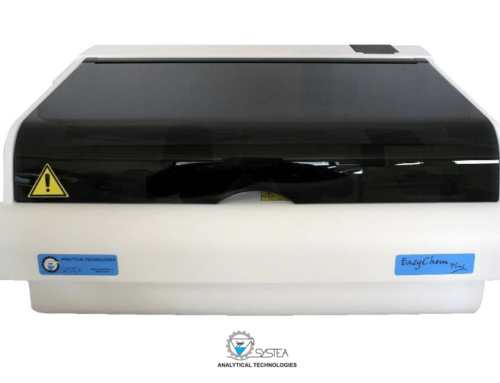
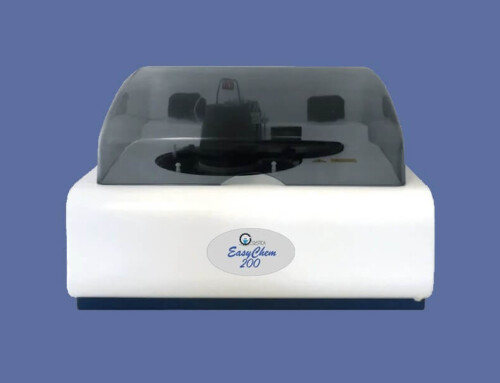
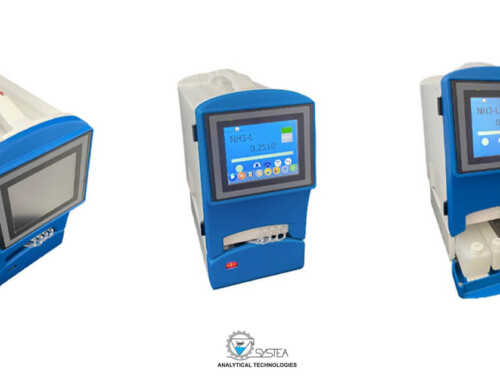
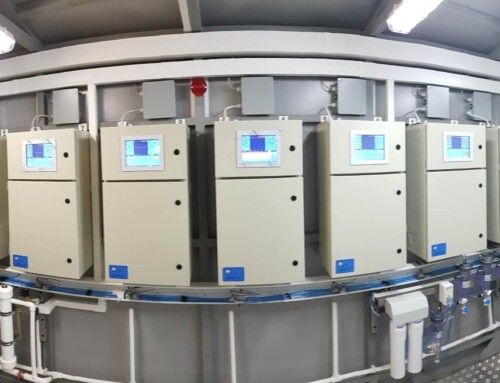
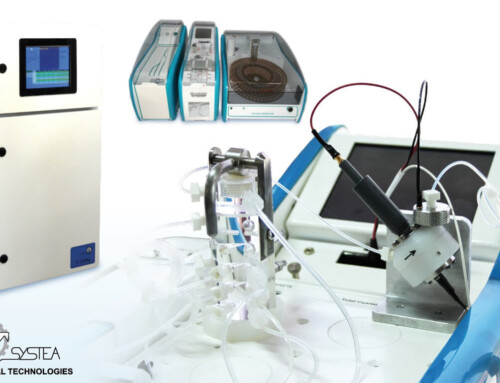
Leave A Comment